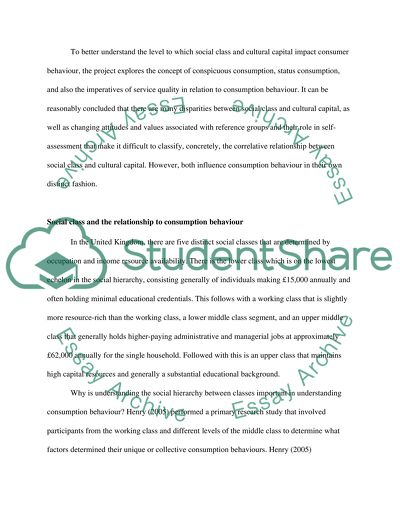Cite this document
(“In what ways does social class and cultural capital have an impact on Essay”, n.d.)
Retrieved from https://studentshare.org/marketing/1403868-in-what-ways-does-social-class-and-cultural
Retrieved from https://studentshare.org/marketing/1403868-in-what-ways-does-social-class-and-cultural
(In What Ways Does Social Class and Cultural Capital Have an Impact on Essay)
https://studentshare.org/marketing/1403868-in-what-ways-does-social-class-and-cultural.
https://studentshare.org/marketing/1403868-in-what-ways-does-social-class-and-cultural.
“In What Ways Does Social Class and Cultural Capital Have an Impact on Essay”, n.d. https://studentshare.org/marketing/1403868-in-what-ways-does-social-class-and-cultural.


